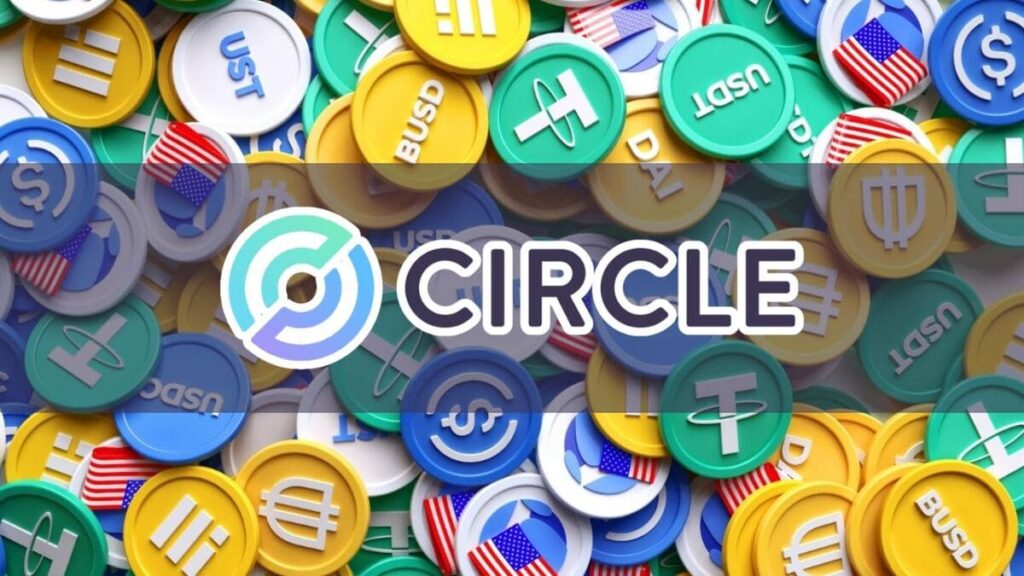TL;DR
- Circle seeks to legitimize USDC and EURC as official electronic currencies in the EU, taking advantage of MiCA regulations.
- The market capitalization of USDC has grown from $25 billion to $35.8 billion in 2024, while EURC has regained value, rising from $35.1 million to $62.88 million.
- MiCA regulations require issuers to maintain at least 60% of their reserves in cash, which has generated criticism from some industry players.
Circle has announced its intention to legitimize USDC and EURC as official electronic currencies in the European Union, leveraging the Markets in Crypto-Assets (MiCA) regulations that came into effect in June.
These regulations establish strict compliance standards for stablecoin issuers. According to Jeremy Allaire, CEO of Circle, EURC’s growth has been notable, with a 70% increase since the implementation of MiCA, while USDC continues to be the leading dollar-backed stablecoin in Europe.
I am in Europe all week as part of our expansion efforts with EURC and USDC as legal electronic money in Europe.
EURC is now the largest compliant Euro stablecoin, having grown ~70% since MiCA went into force.
USDC is also now the largest compliant dollar stablecoin in…
— Jeremy Allaire – jda.eth / jdallaire.sol (@jerallaire) September 23, 2024
The market capitalization of USDC has experienced an astronomical increase, rising from $25 billion to $35.8 billion so far this year. Meanwhile, EURC, which started the year with a market cap of $57.4 million, suffered a decline to $35.1 million in July, but has achieved a remarkable recovery, reaching $62.88 million. This suggests that MiCA regulations have had a positive impact on the perception and adoption of EURC.
MiCA regulations impose strict criteria for stablecoin issuers. These include the obligation to maintain adequate reserves and segregate funds, providing a higher level of security and trust in the market.

Circle and Tether: Opposing Approaches
A key aspect is that issuers must hold at least 60% of their reserves in cash at commercial banks, a requirement that has drawn criticism from some industry figures, such as the CEO of Tether, who argues that a greater concentration in cash could increase risk in the event of potential bank failures.
Despite Tether, the largest stablecoin in the world, not complying with EU regulations, it has seen an increase of $8 billion in its market capitalization since MiCA came into effect. This indicates that compliance with European regulations may not be a determining factor in the global adoption of these assets.
Circle’s focus and expansion in the European continent could transform the digital payments ecosystem, fostering greater acceptance of stablecoins in everyday transactions. Additionally, the compliance of USDC and EURC with MiCA regulations could attract traditional companies and financial entities to explore the use of these assets in their operations more thoroughly.










